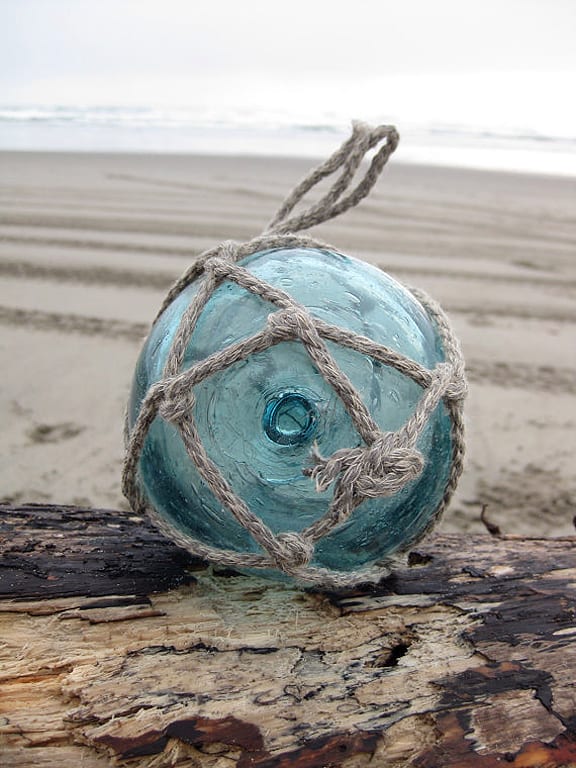 I have to say, I feel a little remiss when I have written and referenced vintage Glass Paperweights, Lightning Rod Balls, Target Balls, Marbles, Fire Grenades, Witch Balls, Fly Traps and Christmas Ornaments and have ignored the float subject. The common denominator of course, is the geometric ‘circle’, as all of these collecting objects are primarily round.
I have to say, I feel a little remiss when I have written and referenced vintage Glass Paperweights, Lightning Rod Balls, Target Balls, Marbles, Fire Grenades, Witch Balls, Fly Traps and Christmas Ornaments and have ignored the float subject. The common denominator of course, is the geometric ‘circle’, as all of these collecting objects are primarily round.
I am aware of glass fishing floats but I could not tell you much about them, hence this post. I am a glass lover so this is just another dimension to this great hobby. I wonder if there are any Bottle Collectors that collect Glass Floats? Let me know.
A Little History about Glass Fishing Floats
[from Glass Float Junkie] The use of the first glass fishing floats can be traced as far back as 1840. The Norwegians used a small egg-sized float onwhich they tied a fishing line and a hook. As the use of nets increased, Norway went on to produce other sizes of floats since glass was an economical method of supporting the nets and offered plenty of buoyancy. Many European countries soon began using glass floats. Trademarks or embossing began appearing on the floats to identify the users and manufacturers of the floats.
Most floats are shades of green because the glass used was primarily recycled sake bottles
Around 1910, far eastern countries, primarily Japan began manufacturing and using glass floats, hence their most popular name; Japanese Glass Fishing Floats. To accommodate different fishing styles and nets, the Japanese experimented with many different shapes of floats, from as small as 2 inches in diameter to the gigantic size of 20 inches in diameter. Most floats are shades of green because the glass used was primarily recycled sake (wine) bottles, but clear, amber, aquamarine, amethyst, blue and other colors were also produced. The most prized and rare color being a red, or cranberry hue. These were expensive to make because gold was used to produce the color. Other brilliant jewel tones such as emerald green, cobalt blue, purple, yellow and orange were primarily made in the 1920´s-30´s. The majority of the colored floats you will find for sale today are replicas.
The most prized and rare color being a red, or cranberry hue. These were expensive to make because gold was used to produce the color.
Cork and aluminum floats appeared around 1920. These soon began to replace glass floats since they were more durable and could provide holes or eye features that made net attachment easier and more reliable. As manufacturing techniques improved, plastic floats soon followed. Unfortunately for net fisherman, glass floats would often escape their nets. Today, millions of glass floats are probably still floating in the world’s oceans. When tide and weather conditions are just right, you can find glass floats that wash up on the beaches of Washington, Oregon and Alaska. Sometimes, several may arrive together in the same location. Often, these floats roll safely onto shore or may be tangled in seaweed or other flotsam. Sadly, they also can be shattered if the float should land on a rocky coastline. During stormy periods they can be thrust hundreds of feet onshore and will remain there until some lucky hunter should find it.
Today, millions of glass floats are probably still floating in the world’s oceans.
[PRG] I’ve put together a collage of pictures that I found online…many of the really nice pictures were taken by Robi at lightinawormhole at Etsy.
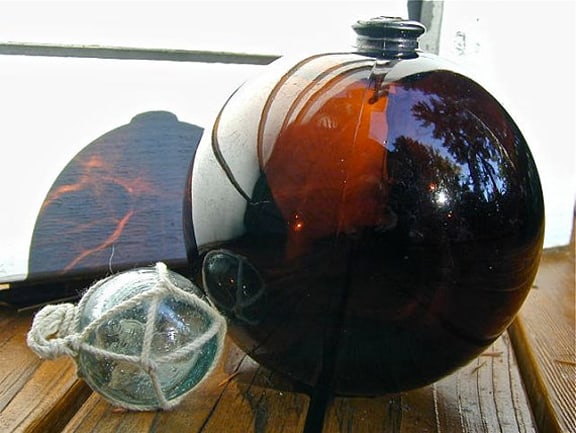
Vintage Fishing Float Glass, 6 Inch Plus Collectible – BIG Beer Bottle – NW Glass Co – “That was one magical moment I won’t forget” Robi @ lightinawormhole (photo)
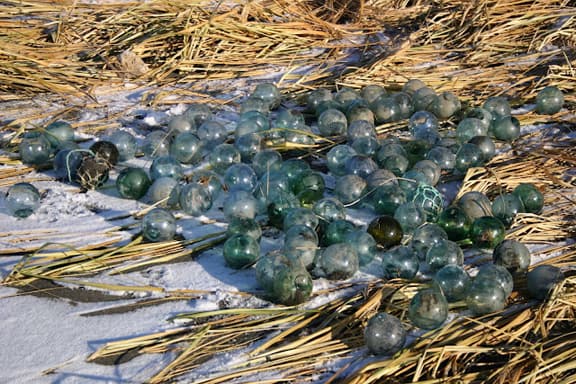
Kamichia used to live in Alaska (she now lives on the Oregon coast) and would take plane trips to remote beaches and find the likes of this….Photo by Glass Float Junkie
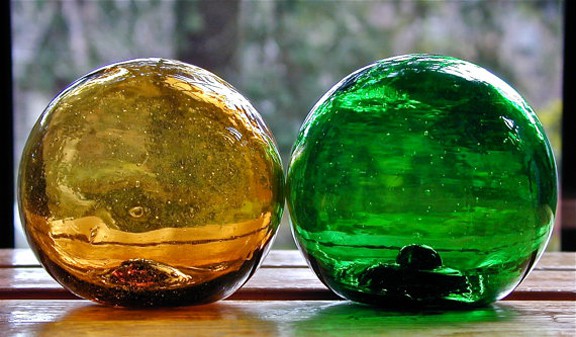
Autumn’s Gaze’ are a lovely pair of hand blown, vintage Japanese fishing floats – photo lightinawormhole
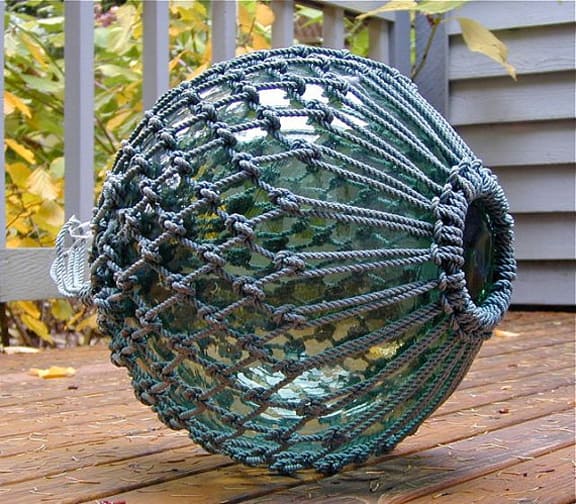
Here’s an unusually striking beauty, bringing together a light powder blue net with the stunning deep emerald green seal ‘button’ – photo lightinawormhole

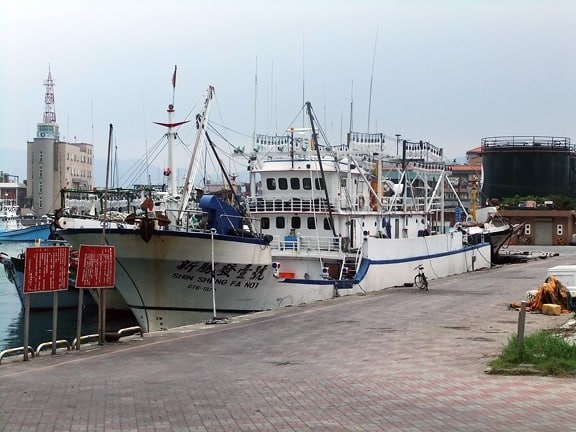
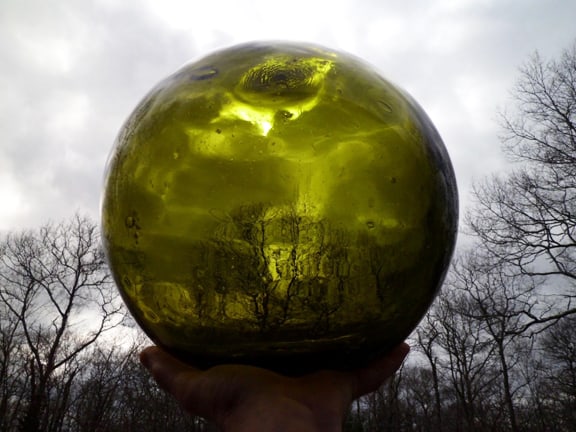
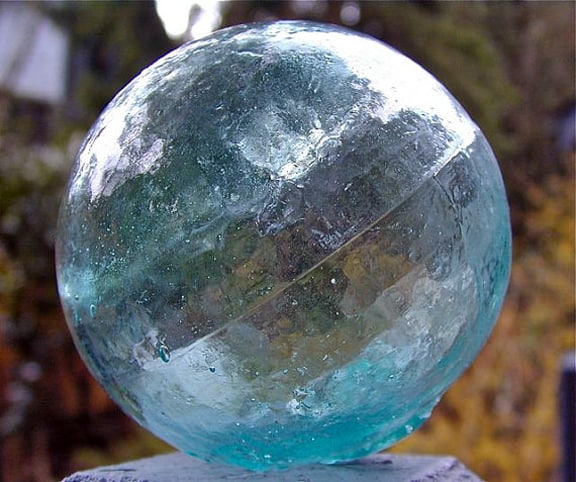
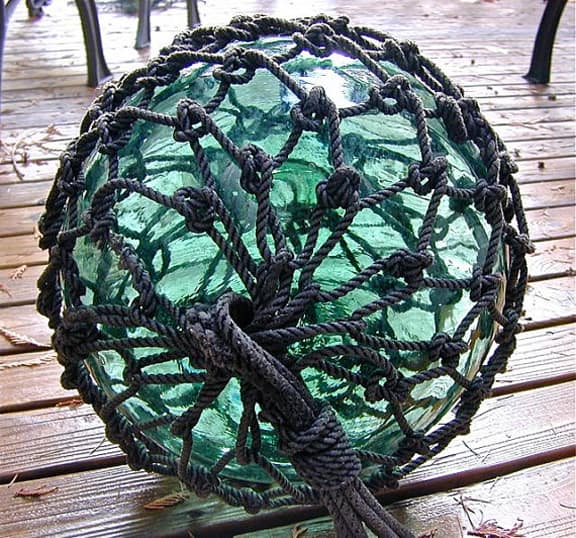
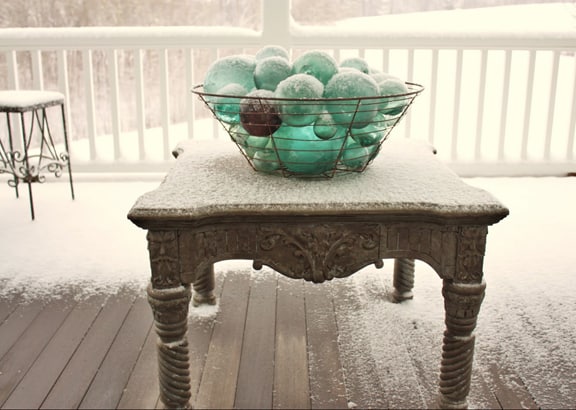
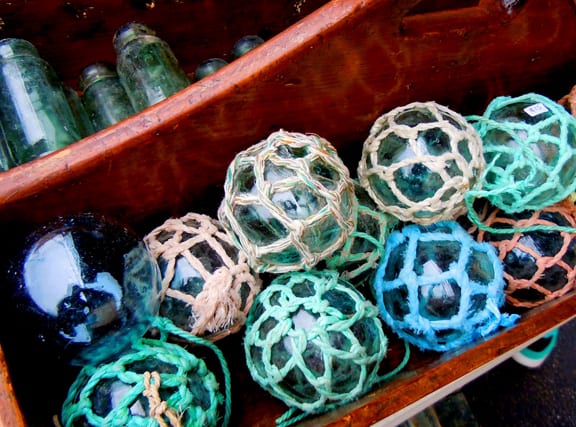
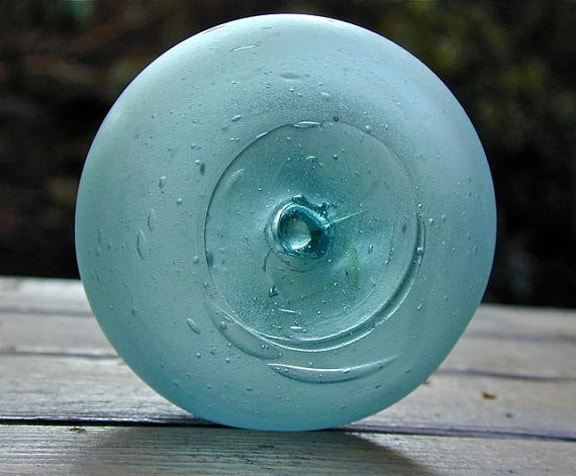
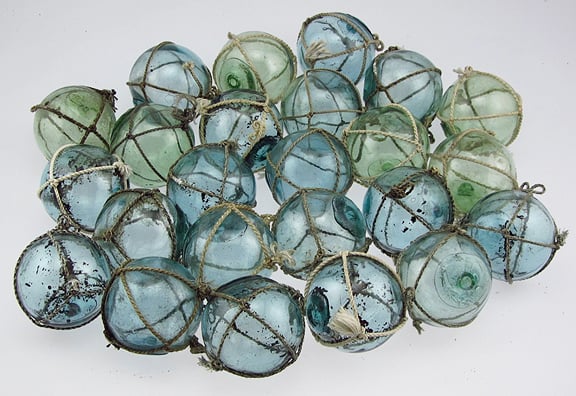
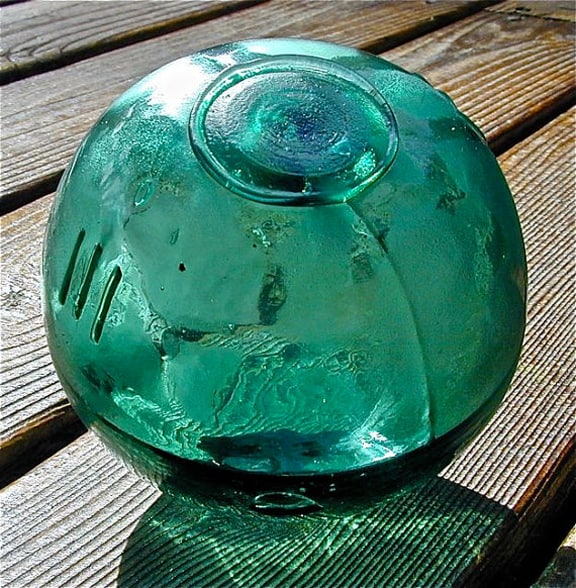
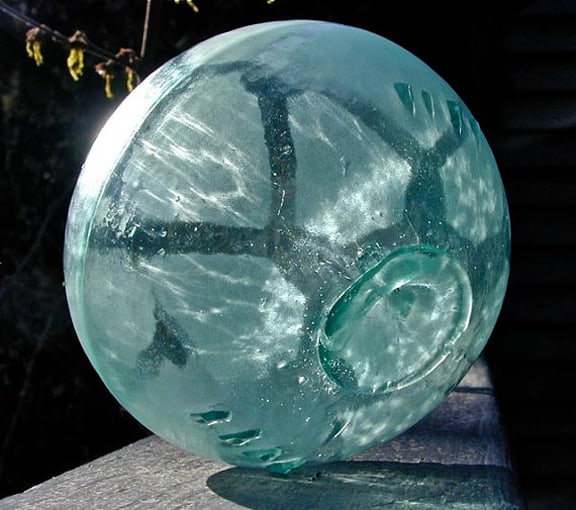
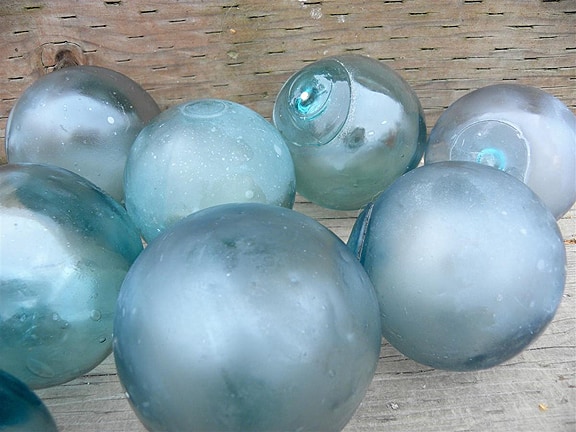
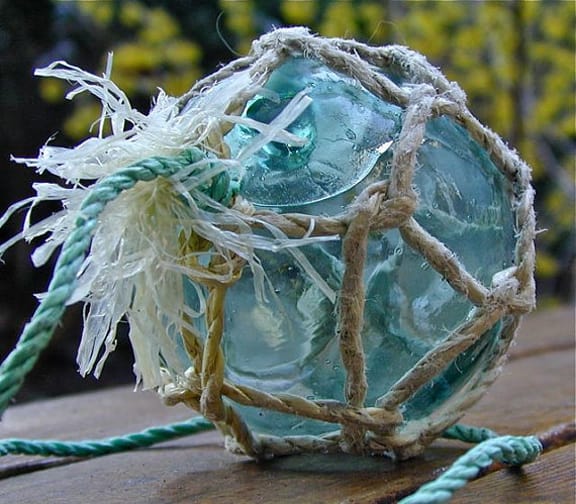
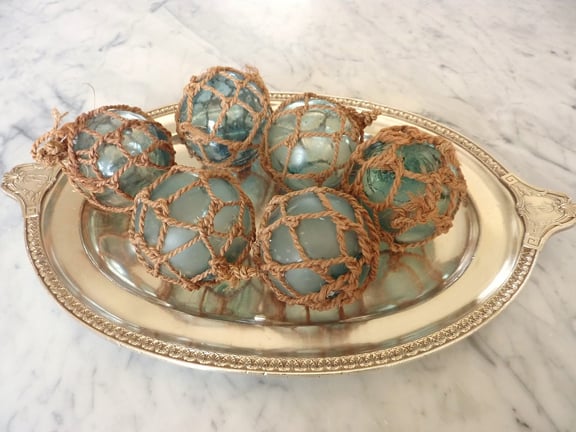
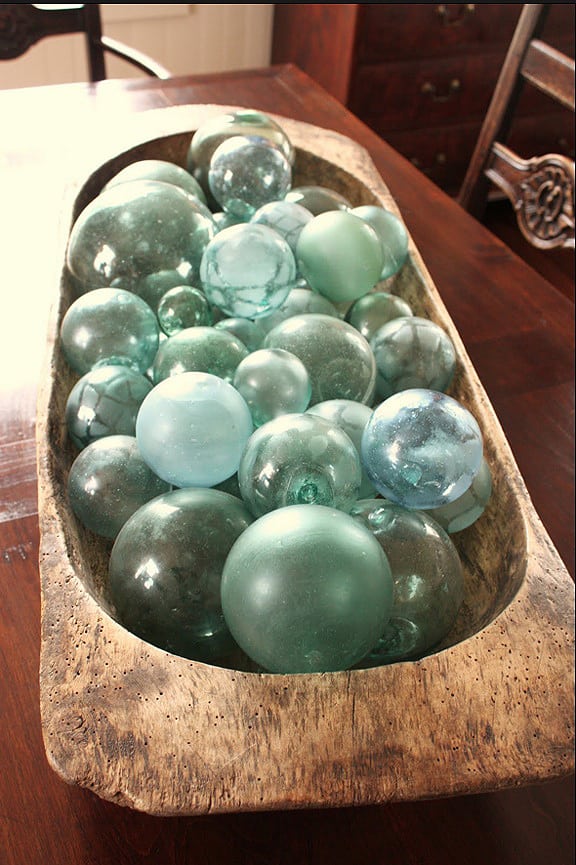
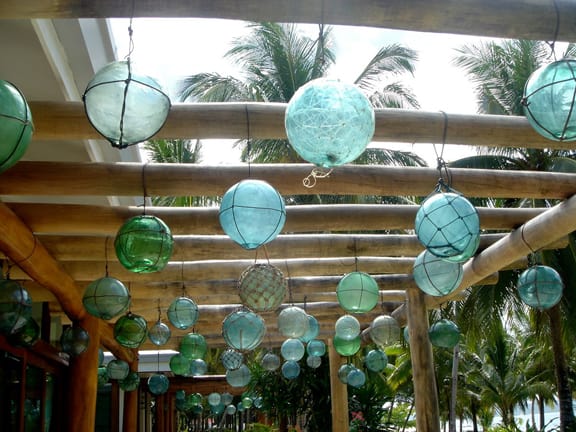
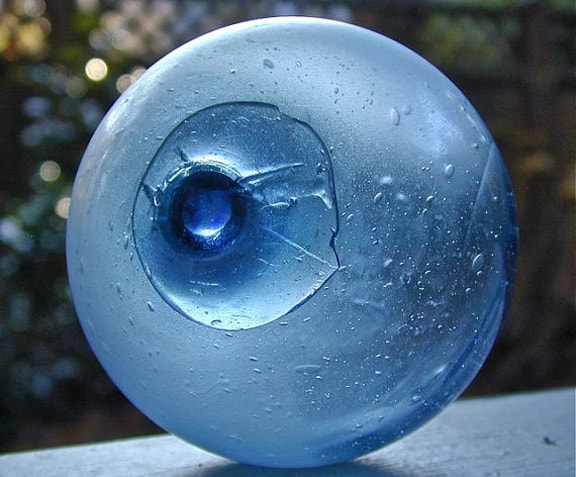
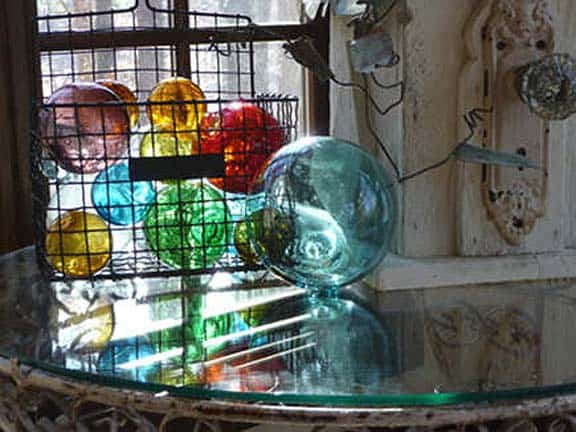







This is a really nice condensed history of glass floats. The photos are absolutely stunning. The best thing you have displayed though, is your personal integrity, by crediting the sources for the photos. That feature is more scarce than the authentic vintage red floats you refer to in your history lesson on glass fishing floats!